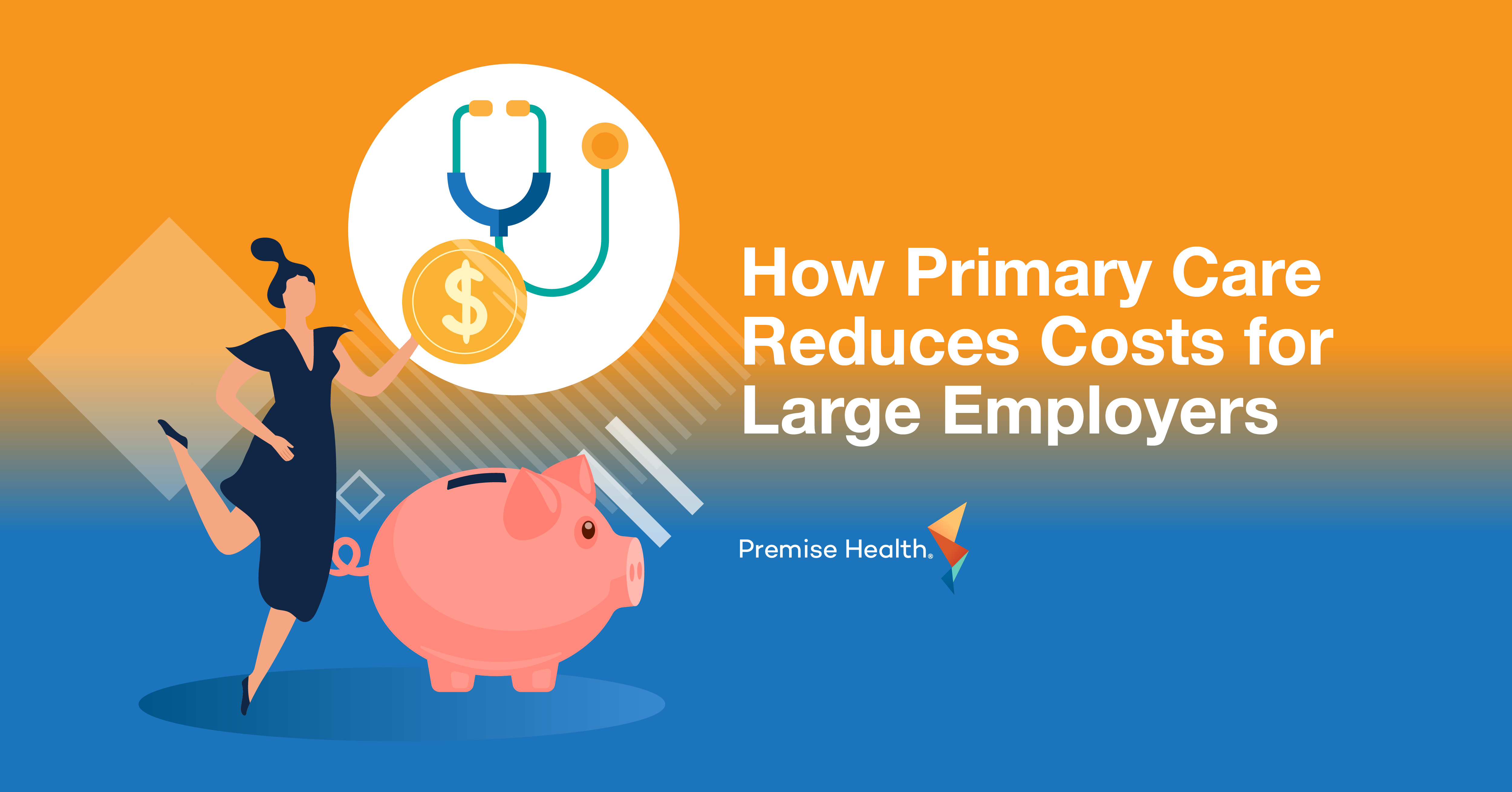How to Futureproof Your Healthcare Benefits
Selecting employee benefits is one of the most important decisions you can make for your organization. It’s also one of the most expensive. After wages, healthcare benefits are the second largest expenditure for employers. Many companies don’t scrutinize their healthcare spending with the same level of attention as they do other major expenses. That’s why it’s important to “futureproof” your employee benefits, so they stand the test of time. Here are a few ways to consider positioning your healthcare strategy so it remains relevant in the future.

The underlying goal of health benefits is to foster a healthier workforce. The Consolidated Appropriations Act (CAA) of 2021 mandates the Chief Financial Officer or appointed fiduciary act in the best interest of their employees, ensuring they reap the rewards of their benefits offerings. While navigating this regulation may seem overwhelming, it presents an opportunity to enhance the quality and value of your healthcare benefits. By aligning your strategy with legislative requirements, you can ensure compliance and build a benefits plan that not only meets, but also anticipates, the needs of your employees.
With this legislation in mind, organizations will want to ensure their healthcare spending is effectively supporting their population. This requires greater transparency and more in-depth data analysis than in the past. The most effective way to demonstrate cost and quality in healthcare is through claims data analysis, which requires collaboration with healthcare partners who can securely manage and analyze this data.
Employers that utilize data to measure the value of their benefits in turn better support their employee population. Data analysis supports enhanced reporting on total cost of care, offering detailed insights into member heath trends, service utilization, and program effectiveness to continuously inform improvements and strategic decision-making.

Part of futureproofing your healthcare benefits means recognizing that what your population needs today isn’t what they’ll likely need next year. That’s another benefit of drilling into your data. When employers look at the past needs and behaviors of their employees, they can get a clearer picture of the care and support they need now — and what they might need down the road. This helps organizations create benefit strategies that are not only detailed but truly relevant, meeting people where they are with the right care.
Population health insights — like those derived from claims data — not only contribute to effective care management, but they also support organizational financial sustainability. That’s because claims data provides you with insight into your healthcare costs. One large employer utilized Premise Health’s services and found their mental health spending for their employees was rising 51% per year. With that trend, Premise projected they’d spend more than $2.5 million on mental health care by 2025. Because the data showed their mental health spend was higher than the benchmark, they worked with Premise to create a strategy for addressing employee needs in a lower-cost environment and make the most of their existing health center investment.

A positive healthcare ROI not only provides good care for employees but also ensures organizational sustainability. Costs for employers are projected to rise through 2028, making it essential to maximize the value of your employee benefits. It starts with leaning into the benefits you know are working in improving the health of your people. There may be nuances across populations, based on their location, job role, and demographics. No matter the offering, it’s about designing benefits in a way that makes primary care the foundation.
As leader, you’re regularly looking at the total cost of care for your employee population. That number rises with emergency room visits, hospitalizations, and chronic disease care. Primary care – good, quality preventive and routine care – can lower your total healthcare costs. That was evidenced in a representative, claims-based analysis of approximately 207,000 eligible lives by Premise. It showed employers and unions save an average of 30%, or $2,434, on the total cost of care for members and dependents attributed to a Premise onsite or nearsite wellness center, compared to those members and dependents who access care in their communities.
By ensuring compliance with the CAA, promoting transparency through claims data analysis, and striving for a positive return on your healthcare investment, you can build a benefits strategy that meets the needs of your workforce now and in the future. To further enhance your journey toward better benefits and better value, consider partnerships that align with these goals.
If you’re interested in bettering your benefits offerings by partnering with Premise, contact us today.
Next on industry insights.

Why Partnering with an AAAHC Accredited Organization is a Win for Your Workforce
Read the Blog
3 Healthcare Trends to Know in 2025
Read the Blog